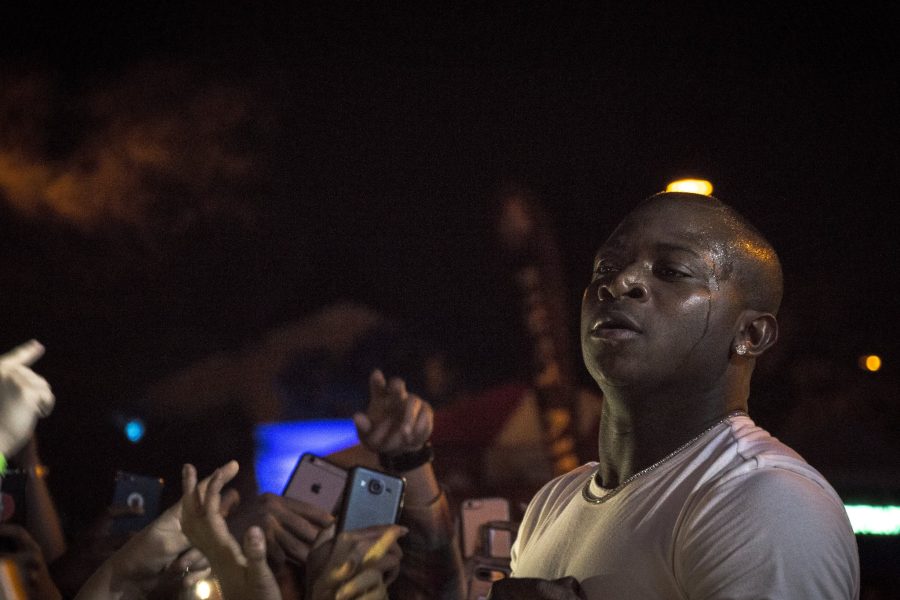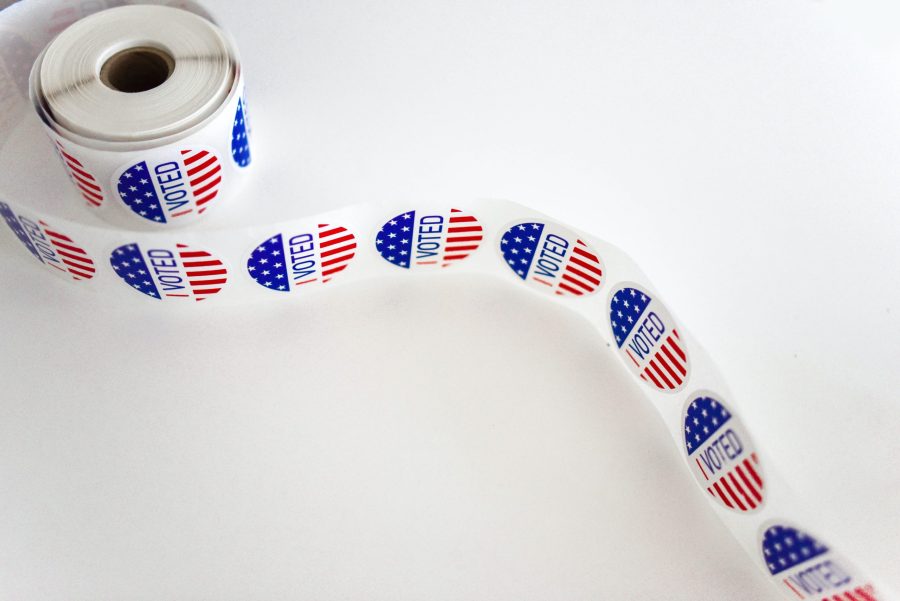As of this year, the most-consumed music genre in the U.S. is hip-hop, which passed rock for the first time since this type of measurement has been taken. This should be a sign of the changing times, of the way society has come to embrace the culture of a people it has mistreated for centuries. Instead, this feels like a slap in the face when contextualized in the year 2017. Racial tensions and xenophobia have been mounting for the past few years, fires of hatred that were further stoked by the election of Trump and his platform based on exploiting these racial issues. This discrepancy between what is consumed and what is accepted is a symptom of a larger disease: the commodification of the culture of people of color — the way in which we still only see value in people of color for their cultural products as opposed to their inherent worth as human beings.
The commodification of the culture of people of culture has a long history in the U.S., often accompanied by the alteration of said culture to better appeal to the white consumer. These alterations range from the fetishization of the culture through exoticism (e.g. “oriental style” decor) to the blatant twisting of cultures or traditions in order to make them more marketable (e.g. Cinco de Mayo). The beauty of a multicultural society is the interaction between and even the mixing of traditions and the people behind them. Instead, there is a double standard in which white people are allowed to enjoy POC culture, but when people of color celebrate their own culture they are ostracized for being too foreign, for being too “other.” We see this with hip-hop, not just the music genre but with the culture that goes along with it. Black youth who choose to adopt certain aspects of hip-hop — be it fashion, music, etc. — are labeled as “hood.” They are shamed for engaging in a cultural transition that was born in primarily black communities. However, white people and high-brand retailers that cater to them have taken aspects of these stylings and rebranded them as “urban” and “street” styles that are seen as fashionable.
This goes beyond the world of fashion choices and music preferences to one of the biggest weavers of cultural unity: language. The advent of hip-hop and rap into the mainstream media has led to exposing the common listener to African-American Vernacular English. This in turn has rendered phrases and terms that were previously only used in the black community more mainstream. However, it is only normalized in the context of viral content, as a reference or a quirky phrase. AAVE itself, though, is still stigmatized as “ghetto” and its speakers are still told to speak proper English, not just by racists, but also by teachers and employers. This exists beyond the black community, as was seen by the sensation that the song “Despacito” caused this summer. Justin Bieber’s participation in the remix was a big part of its success in the Billboard Hot 100 singles chart, although later this proved to be nothing more than a monetary ploy as Bieber was unable to remember the lyrics at one of his concerts. He failed to remember them because he did not learn them; on the track itself, he had a very poor grasp of the pronunciation of the words he was singing on the recorded track itself. However, Spanish speakers who come into this country and mispronounce English words are mocked and shamed for their lack of mastery of a second language.
The labor of people of color has always been valued as separate from their humanity and when it comes to the commercialization of their culture, this is especially relevant. The culture is great when it is consumed by white people and for the purposes of the betterment of white people, but people of color are not allowed to consume their own culture lest they be labeled “other.” Despite the fact that hip-hop has reached the peak of popularity in U.S. culture, hate crimes went up this past year with an unsurprising 46 percent of the perpetrators being white and with police brutality cases smattering the evening news weekly. “If it bleeds, it leads,” but people of color have been leading the death toll for so much of human history that it seems the only way they could justify keeping us around is to produce their entertainment too.
Photo by Mihir Desai // UCSD Guardian













eggboi • Nov 22, 2017 at 4:36 pm
This does a great job of bringing issues to light, but feels really incomplete since it doesn’t do much else.
Want to actually bring about social change? Write about ways society can actually improve itself rather than just blabbering “white people amirite”, otherwise you’re really failing to set yourself apart from the rest of the noise that really hinders the social justice movement as a whole.